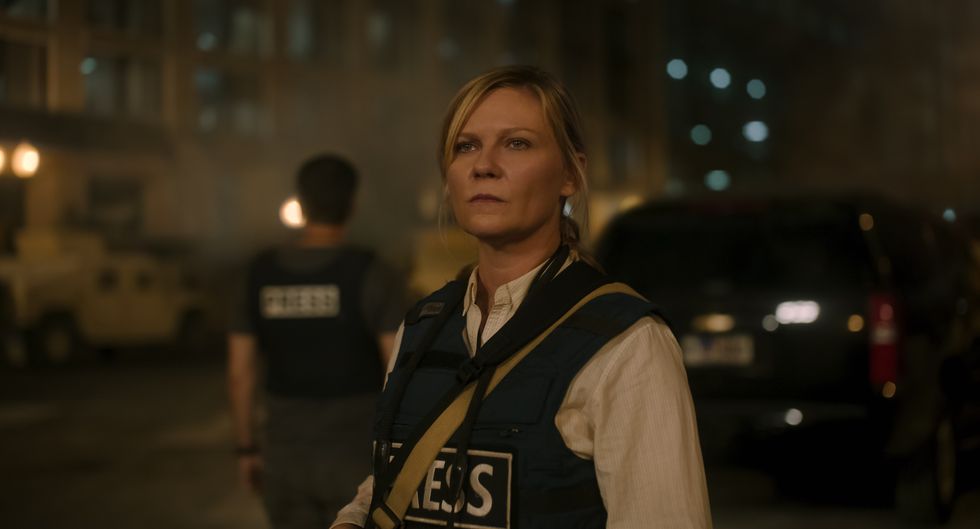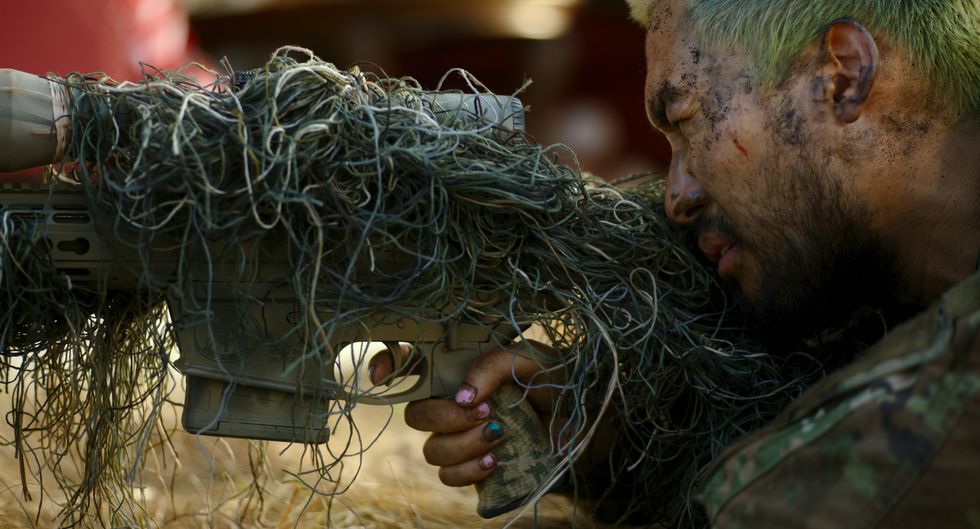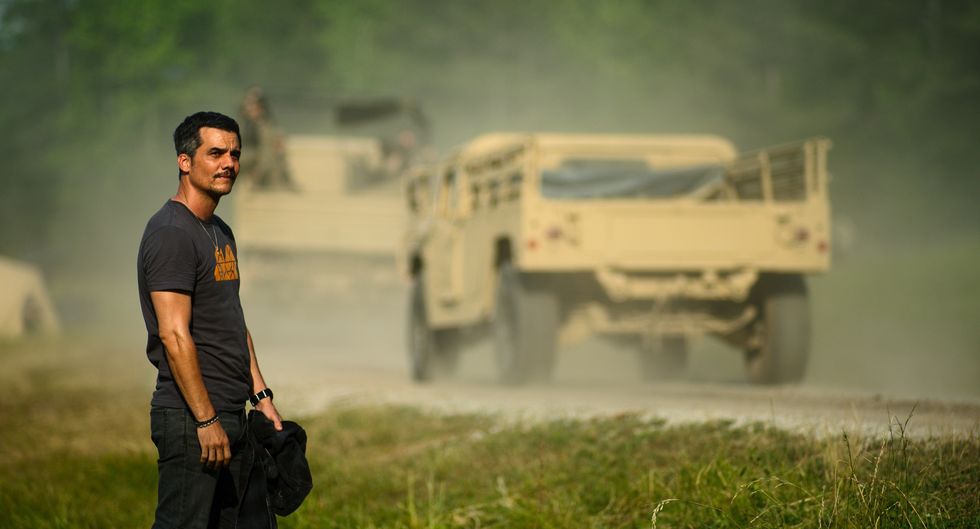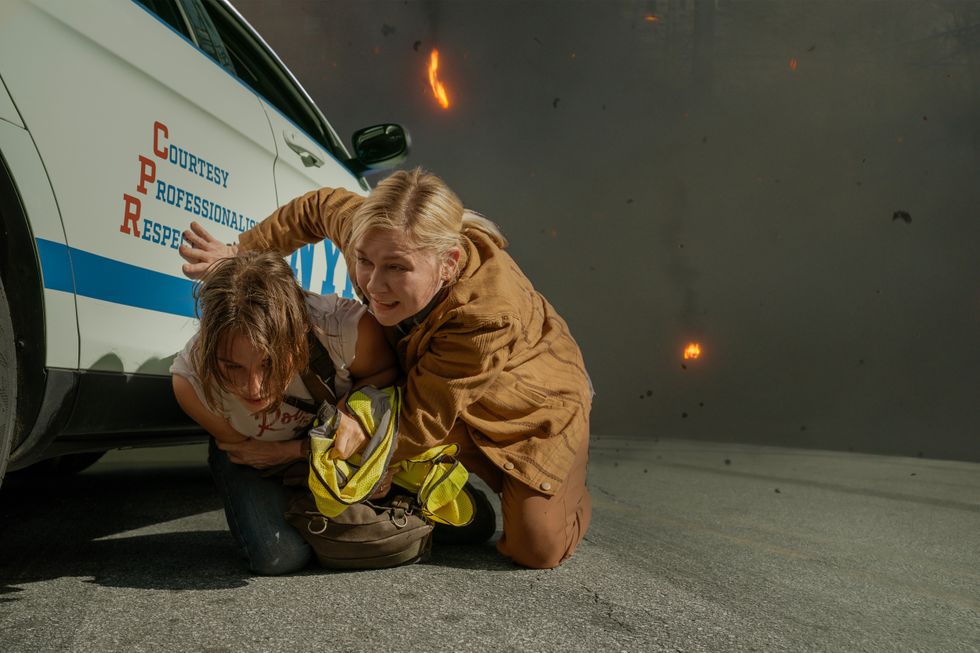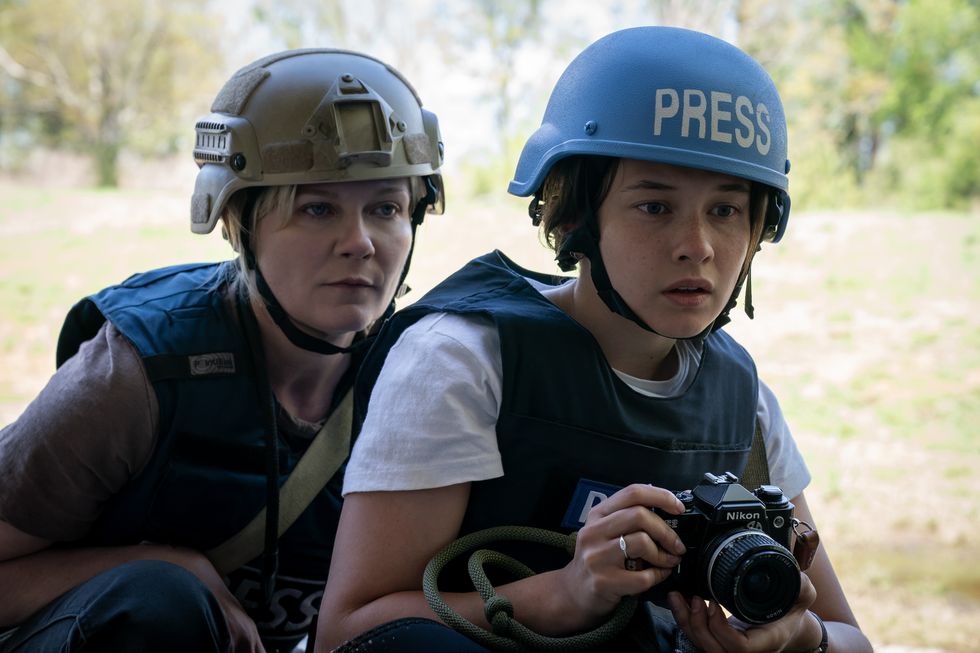How I Got the Russo Brothers to Award My Film
It’s crazy to think that sometimes all it takes is 48 hours to go from an independent filmmaker flying under the radar to having two of the biggest directors on the planet award your film and share it with 2.8 million people.
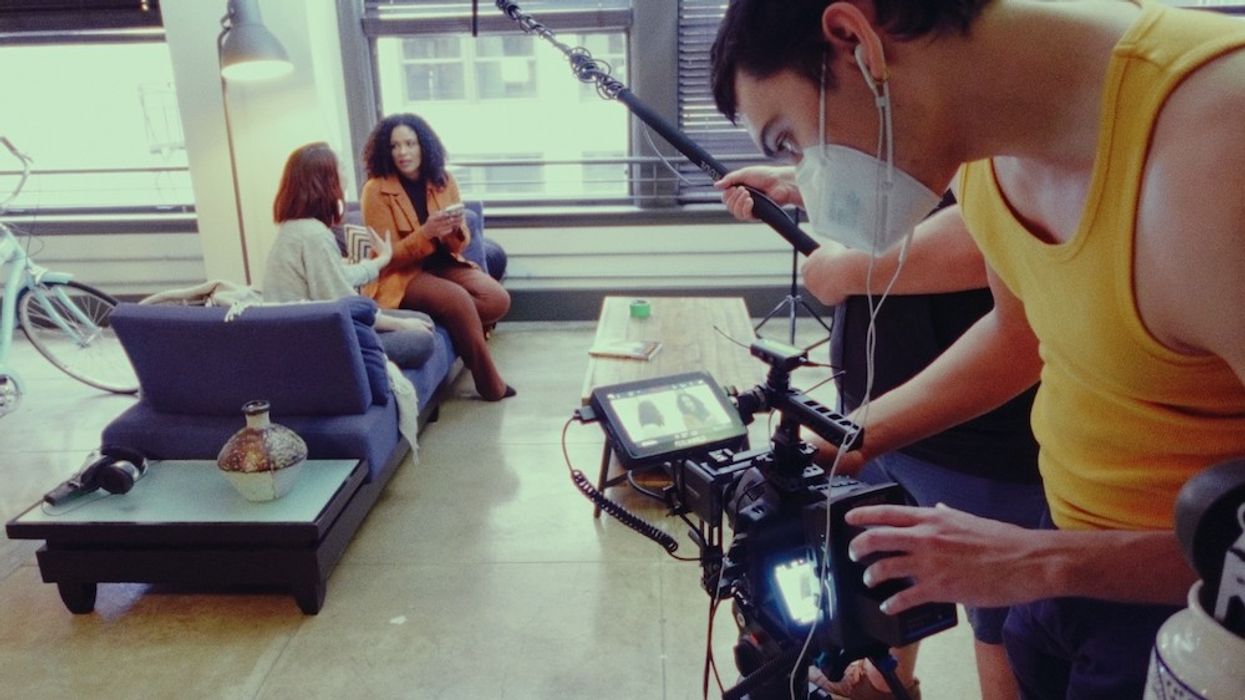
This post was written by Takaya Abdou Lloyd.
That's what happened when my manager told me about a 48-hour film competition by the Russo brothers, and I decided to take a chance on submitting to it.
At the time, I was feeling down and unsatisfied with the progression of my career after six years in Los Angeles. I was focusing on being an actor, which was not going badly by all accounts—I had done a couple of feature films and episodes of television in shows like On the Verge (Netflix) and Legion (Marvel)—but the number of near-successes I'd had getting roles in huge projects was starting to feel bleak. A slow year with COVID didn't help.
I've spent months, even years working on other projects, just to have them be quietly released online to an audience of a few dedicated family and friends. I'm sure most of my fellow indie filmmakers can relate.
I’ll talk about gear, of course, but we made this film in a way that anybody can do. Really. There was no budget, I took on roles as both director and cinematographer even though I had little-to-no lighting experience, and we shot in public parks and at a friend’s apartment.
Check it out below!
Figure It Out As You Go
We had an initial plan after locking in crew and locations, and then all that went to the wayside when our director of photography dropped out the day before we were set to film...
I almost called off the shoot. The original plan was that I would direct and act in the film, but that was scrapped without a DP. If we wanted to enter this competition I would have to be behind the camera, plain and simple.
I struggled with the disappointment of not being on screen. I think there’s also a fear that we’re not allowed to do it all, that we have to stick to one lane or run the risk of diluting our talent in other people’s eyes. I’ll admit that I roast social media bios that read as “actor-real estate agent-orchestral kazoo player-botanist.” So looking like that guy was an insecurity of mine.
Eventually, I pushed my ego aside, no matter how much I wanted the Russo brothers to see my acting chops and cast me as one of the next Avengers. I figured a film without me in it is still better than no film at all, because I love making movies.

We shot the entire thing in six hours. We only had one of our leads, the amazing Blythe Howard, for four hours on Saturday. Then we came back and did Lauren Beausoleil's coverage in the field on Sunday morning for two hours. Blythe and Lauren brought so much life to the film through their performances. They were on it every single take.
I was not at all confident in my ability to light the shoot. At the time, lighting was a very new skill for me, but that goes to show how far basic concepts will get you.
Done Is Better Than Perfect
There's only one VFX shot in Egress, so we figured it’d be relatively simple, but two hours from the deadline, After Effects slowed to a crawl. Playback was at a blazing 1 frame per second.
Our system was so bogged down from the 6K footage that it was impossible to make any progress. In the spirit of done is better than perfect, we exported a 1080 version of the clip and started over. We did what was necessary to meet our deadline. The shot has issues, sure, but it moves the story forward and doesn't detract in any way. It’s that mediocre employee that still gets the job done.

Always Serve the Story
The sole purpose of a director is to make decisions, and when you’re creating a film in 48 hours, everything is cranked up to eleven. What helped guide me through this process was to think only in terms of serving the story. If you use that as your compass, you can’t go astray.
A perfect example is the closing image of the film where Lauren’s character turns and walks away into the field. In the final cut, she’s alone, but that was a last-minute decision. The initial plan was to have her surrounded by other people so we brought out some of our friends and shot them all walking together.
It looked absolutely beautiful. As soon as we started writing the script that image really stood out in my mind, but on the day I realized that she needed to be alone. Other characters in the frame would not leave any room for interpretation. Without strictly serving the story, we wouldn’t have gotten that shot of her alone at the last minute, and the film would have a very different feeling overall.
Cheaper Than a Pair of Boots
We spent a grand total of $150.
$100 went to crafty and the remaining $50 went to thick green paper to cover the window for VFX.
Somebody please tell me when paper became so expensive, I'm still trying to get over it.
Great gear continues to get cheaper, and technology is evolving so much, that any camera will produce a good image given the right environment. Time is what's so valuable. With more time you get more control over what's in the frame. An extra five minutes to tweak that light or hone that performance is what really takes your film from looking good to looking great.

Dude, Is That an Alexa? (Gear List)
I said it's no budget, remember? Like actually no budget. Not one of those $200,000 “no budget” success stories. I don't care about gear. But also I'm a liar, because I love gear. The right gear can help you and save tons of time, but only if you know how to use it.
For me, this was the Blackmagic 6K Pro. It’s a small camera, but the image makes no compromises, so when we were shooting the sequence in the fields, which is a public park, people passing by thought we were just some cute indie filmmakers. (We are.) When literally every second matters, the internal NDs of the 6K Pro are a huge time-saver. Instead of having to worry about a mattebox and fumbling with filters, I could lens swap to my heart’s content and drop ND internally.
Lighting consisted of two RGB panels from GVM, a small handheld RGB light, and two Aputure LS-mini 20D’s I borrowed from a friend. Other than that, I didn’t even have any C-stands or professional modifiers, just some shower curtain and a 5-in-1 bounce reflector.
The first half of the film was shot on a Canon 17-55mm f/2.8 for a cleaner commercial look, then when the tone shifts, it’s all cheap vintage glass. A Vivitar 28mm f/2.5, Helios 58mm f/2, and Canon 9-117mm f/1.6. The 17-55mm also came in handy for the slider shot at the end of the film since it has image stabilization, which got rid of any micro jitters.
Other than that, I used a tripod and $30 slider from Facebook Marketplace, went over the shoulder a bunch, and used an office chair as a dolly paired with the Canon zoom to get that vertigo shot.
To speed up production we ran audio straight into the camera using $60 wireless lavaliers from Amazon and also plugging in an external shotgun microphone with a 25ft XLR cable. The sound guy and I got to know each other very well that day. Running audio this way meant that we didn't have to slate before every take which adds up to precious minutes saved, and we didn't have to spend any time syncing audio in post.
Quick, easy, and simplifying the process. Know your tools.

Keep Going Even When You Don't Feel Like It
The experience of making this film has completely changed the way I view the industry and more importantly, myself in it. Sometimes you really just need a win to make you feel like you're back in the game. I don't mean a win in the sense of getting an Oscar or the Palm d'Or, I'm talking about a win on your own terms, whatever you deem that to be.
It's really about setting an intention and doing everything you can to achieve it. You stop questioning yourself and start focusing on all the reasons why things can work, rather than can't, which is an attitude I think all of us filmmakers would feel more empowered to live by.
I’m going back to focusing on doing my passion projects right now, rather than waiting for the “right time” in some distant future where I have more money or fame. For me, that’s a satire series called Hapa which follows a small group of yakuza members in Los Angeles and focuses on Asian American stories and the mixed-race experience, as well as my production company Studio Miso.
I also want to give a quick shoutout to everyone involved. Couldn’t have done it without you, gang—Senna Hanner-Zhang, Blythe Howard, Lauren Beausoleil, Adam Moses, Jacob Dalton, Alejandra A. Peña, Francis Cuffan, Darbiana Dinsmore, Danny Lazo, and Steve Huff.
I like chatting with other filmmakers, so drop me a line any time. If you’re in LA, let’s grab a coffee.
Check out Takaya on YouTube, Instagram, and at www.takayalloyd.com and www.studiomiso.com.

